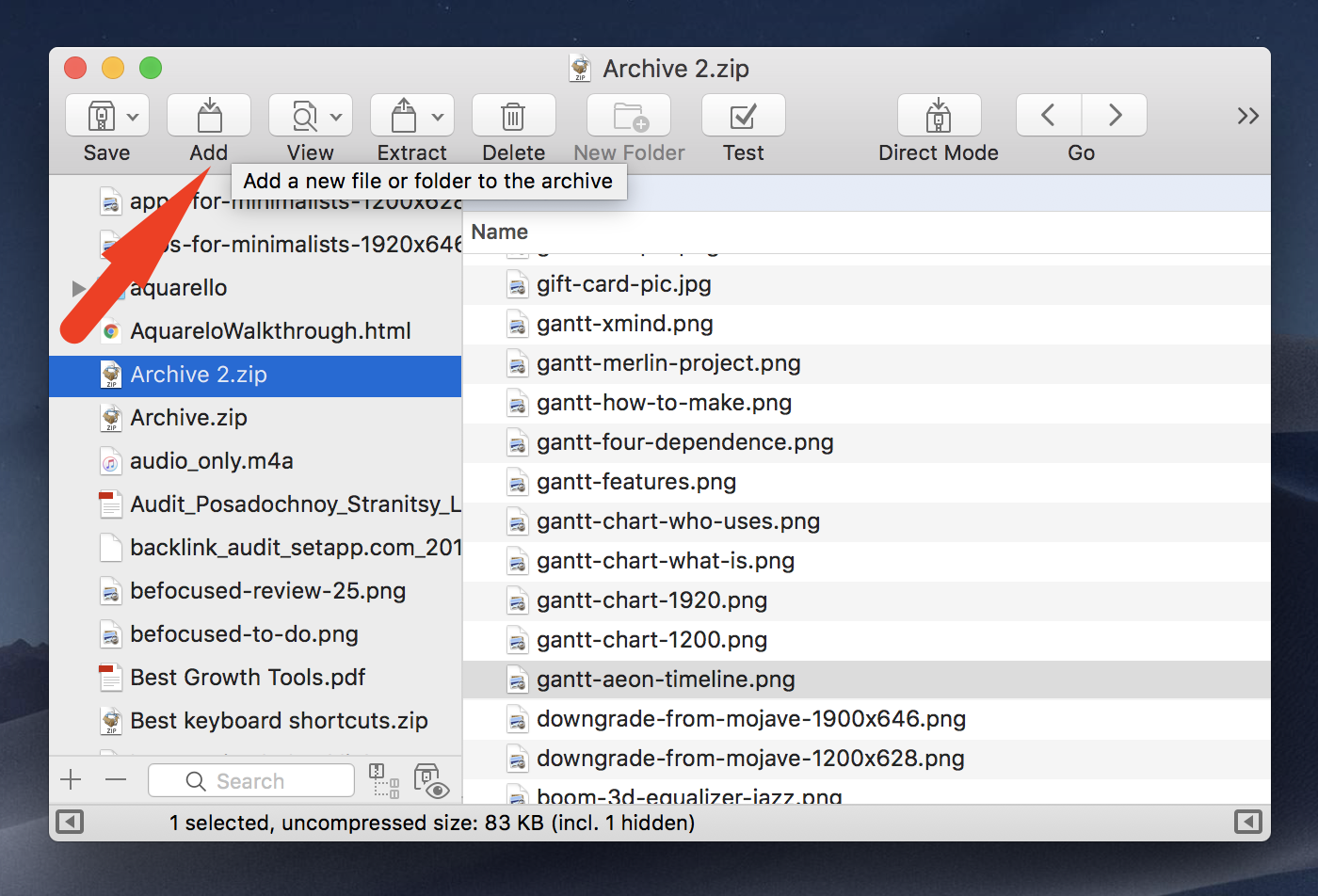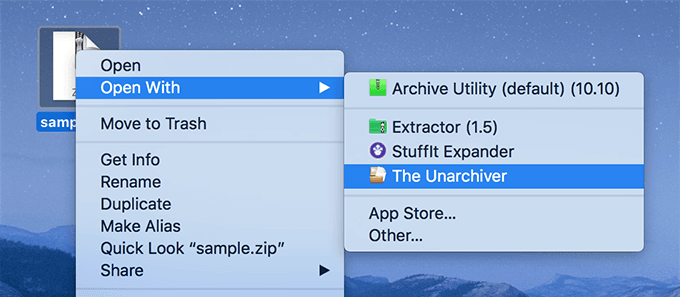
- Mac Extract Files From Multiple Folders
- Extract All Files From Folders
- Mac Extract Files From Multiple Folders File
- Despite the availability of an integrated option, a number of users were still clueless of how to extract multiple RAR files from different folders. This guide elaborates the extraction procedure in detail for both single archives as well as multiple archives respectively.
- The problem is when I extract all the files it creates multiple folders and it's a big mess. I can see that it is supposed to be one folder structure, but I can't get macOS to extract them all to the same folder, or merge the ZIPs to one giant ZIP and then extract that. See if there is anything here.
How to compress files and folders on Mac. Easyworship 2007 free full version. Launch Finder and simply choose the file/folder you wish to compress. Right-click the item and choose “Compress” option from the context menu. This zipped file Mac user would find in the same folder as the original, but with.zip at the end. How to zip multiple files on Mac. In any cell, enter the folder address of the folder from which you want to list the file names. In the cell where you want the list, enter the following formula (I am entering it in cell A3): =IFERROR (INDEX (GetFileNames ($A$1),ROW -2),') Copy and paste the formula in. Cd to your folder and use: $ open./.rar this should extract all rar files in all sub-folders, according to your Unarchiver setup into a new folder or in the same folder.

Convenient though the Mac’s folder structure can be, there may be times when you’ve buried files within so many layers of folders that they’re no longer easy to find or deal with. For instance, you might have a decade’s worth of tax documents or a nest of old photos and notes. Although you could manually wade through those folders to bring your files to the surface, with an Automator application you can do it all with a simple drag and drop. Here’s how:
Set up your workflow
Launch Automator (/Applications) and in the template chooser that appears, select Application. Add these actions to your workflow in order: Set Value of Variable (found under the Utilities heading), Get Folder Contents (under Files & Folders heading), Filter Finder Items (Files & Folders), Move Finder Items (Files & Folders), Get Value of Variable (Utilities), Get Folder Contents (Files & Folders), Filter Finder Items (Files & Folders), and Move Finder Items to Trash (Files & Folders).
Select the first action—Set Value of Variable—and choose New Variable from the Variable pop-up menu. In the resulting Variable Options window enter an intuitive name such as hostFolder and click Done. Within Automator choose View -> Variables. Your hostFolder variable should appear in the list of variables at the bottom of the workflow.
Mac Extract Files From Multiple Folders
In the second action—Get Folder Contents—enable the Repeat For Each Subfolder Found option. Configure the following Filter Finder Items action to read Kind Is Not Folder. In the next action—Move Finder Items—drag the hostFolder variable from the variables list at bottom of the workflow to the To pop-up menu so that its name appears in the pop-up menu. Enable the Replacing Existing Files option in this action. Leave the next Get Folder Contents action as it is—without the Repeat for Each Subfolder Found option checked. Configure the next Filter Finder Items action to read Kind is Folder. And finally, leave the Move Finder Items to Trash action alone. Name your workflow something like “Subfolder Zapper” and save it to the Desktop. Adobe photoshop crack reddit mac.

Extract All Files From Folders

Put it to work
Mac Extract Files From Multiple Folders File
When you drag a folder on to this workflow applet, all items buried in folders within that folder will be placed at the root level of the folder you dragged. Old hindi 128kbps songs download as zip file. So, for example, if you drag Folder A—which contains Folders B, C, and D—to the workflow, the files within those folders (and the contents of the folders within these folders) will move to Folder A. The workflow then goes on to delete the empty Folders B, C, and D.
Note that the workflow functions properly only if you drag one folder to the applet at a time. Additionally, be warned that if you have files with duplicate names, the duplicate files will be deleted.